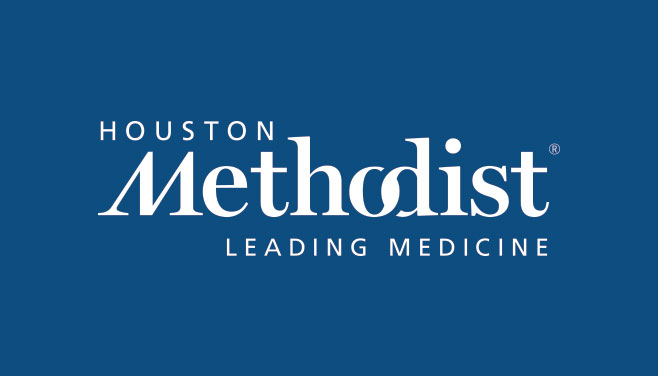Software
Description of Invention
Computed tomography (CT) is commonly used to image different parts of the body with or without contrast injection. Its image quality is directly related to the amount of ionizing radiation dose. It is especially limited in CT of the brain where increased radiation is known to cause damage and hamper brain development. Therefore, brain CT is known for excessive image noise and low image contrast.
Brain CT can be done quickly for diagnosis of different neurological conditions (stroke, hemorrhage, and it is especially useful in emergency settings to identify structural changes in the brain with few contraindications. Common applications include identifying brain swelling, bleeding or stroke. Advanced applications such as contrast enhanced CT angiography is used to identify blood vessels changes in the brain whereas CT perfusion is used to look at blood flow and tissue perfusion in the brain.
Brain CT is usually done first on patients with suspected stroke in emergency settings. lschemic stroke is the most common form of adult stroke (>80%) whereas hemorrhagic stroke is second most common. Brain CT can detect hemorrhagic stroke easier than ischemic stroke. Most ischemic strokes are missed during the first 3 hours of stroke onset unless it is very large. This is due to excessive image noise in the brain CT and the small change of contrast during early stroke onset. CT intensity, measured as Hounsfield Unit (HU), is known to decrease slowly during first 6 hours of ischemic stroke at about 0.5 HU/hour in white matter, about 0.7 HU/hour in deep gray matter and about 1.2 HU/hour in cortical gray matter. Typical CT image noise in brain tissue is about 4 HU to 8 HU, with the lower end common for normal body mass index (BMI) and upper end common for high BMI (>=60}.
In this invention, a new and effective method was developed to reduce CT image noise using a trained model. The feasibility of the method was demonstrated in brain CT where image quality is limited by radiation dose. This model takes a noisy brain CT as input and output a denoised CT with significant increase in image quality.
Stage of Development
Proof of concept retrospective studies in humans are in progress and additional prospective trials are planned. A model was trained using 95 brain CT from 21 patients and validated it on 12 patient cases from 3 patients with statistically significant results. The image noise in brain tissue was reduced by about 2.5x to 3.5x or the contrast of detection was increased by the same amount.
Intellectual Property (OTT202009)
PCT application and US application have been filed.
Inventors
Contact Us For more information, contact the Office of Technology Transfer at OTT@HoustonMethodist.org

